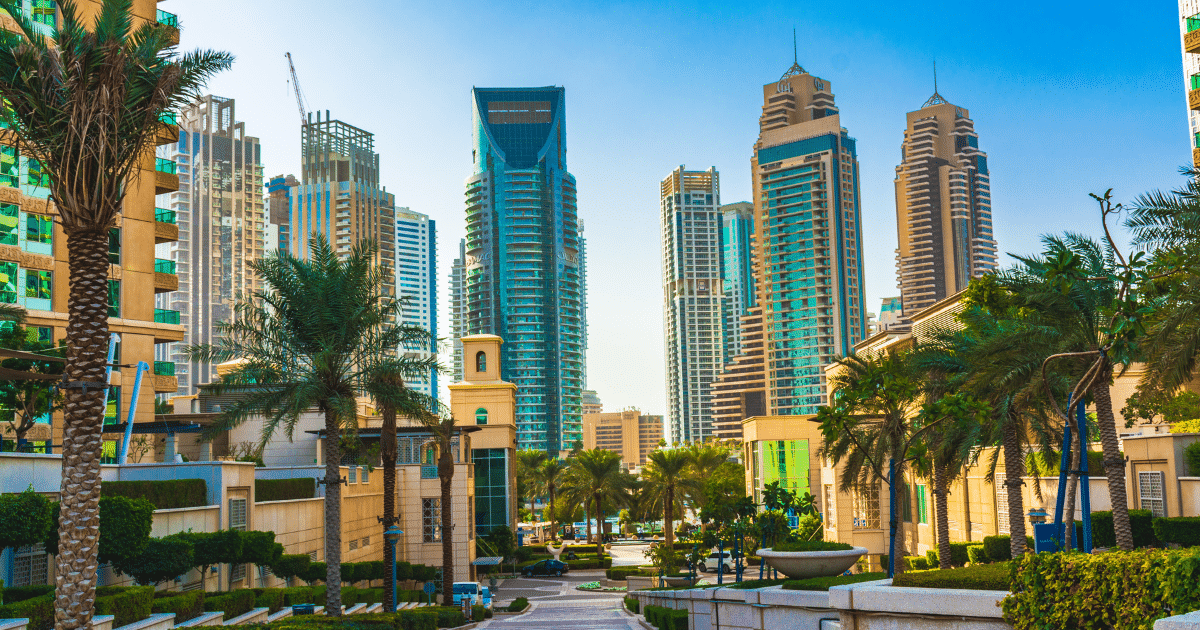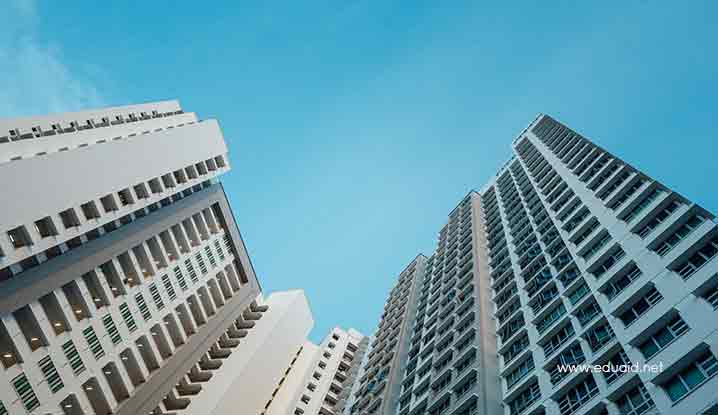Since March 2018, the number of international students in Australia has increased to 800,000, which is about 3.5% of the entire population.
This means the sector of international education alone in Australia is driving $30 billion into the economy of the country, which has resulted in wages, new businesses, and infrastructure benefitting from it.
Moreover, education exports alone contributed to a 10 percent growth in GDP in 2017.
According to Macquarie Research, the impact on the economy by foreign students in Australia had increased significantly and had "changed the nature of housing demand".
Furthermore, it had a significant impact on the labor market, as it produced demand in the economy in addition to increasing the labor supply.
Phil Honeywood, chief executive of the International Education Association of Australia, stated “You only have to look at the number of purpose-built accommodation towers in Brisbane, Sydney and Melbourne to see overseas students spend a lot of money apart from tuition fees.
“One area that gets overlooked is tourism. Family and friends come to visit. They go on road trips, they use accommodation and public transport", he added.
The old idea that international students from Asian countries lived in shared rooms and moved around in ragged clothes could not be wider off the mark.
According to Honeywood, it is essential to make good on the concept of creating smart cities that will attract the international students.
He also urged the Australian government to “better understand the infrastructure expectations” to prevent a fall in demand.
He further stated, "They want buildings with theatrettes, games rooms for table tennis and basketball, lounges where you can work in groups, Wi-Fi, no big shared kitchens, air conditioning and double beds. And if the accommodation is not what they expect, they move on."
According to Caroline Perkins, executive director of the Regional Universities Network, in the year 2015, an international student residing in a regional city of Australia had spent around $27,000 on tuition fees and other expenses.
However, out of 440,000 international students, there were only 8240 international students living in regional areas in that year.
Catriona Jackson, the chief executive of the Universities Australia lauded the massive value brought to Australia by international students, stating “Last year alone, international students brought more than $30 billion into the Australian economy — more than half of that went directly to buying goods and services during their stay.
“But what international students contribute to Australia is greater than dollars and cents — they forge links between our country and the world, from the very personal to, eventually, broader diplomatic and trade ties.”






